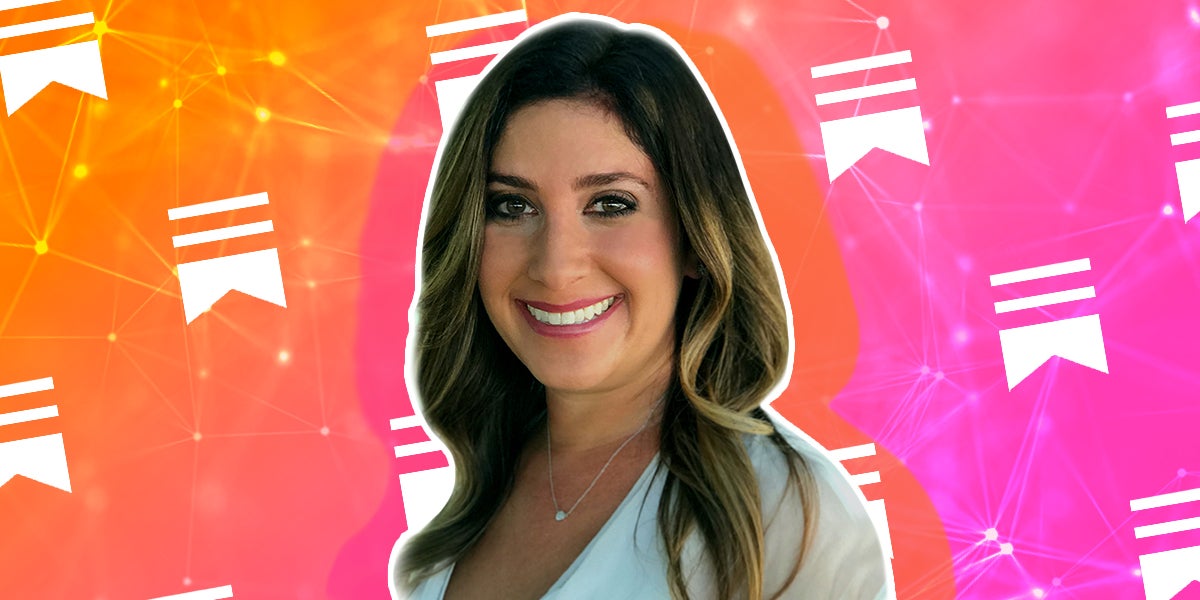
This as-told-to essay is based on a conversation with Jill Schildhouse, a Substack creator who monetized her newsletter. The following has been edited for length and clarity.
In 2017, I left my corporate job in marketing communications and switched over to full-time freelancing. I wanted the freedom and flexibility of being my own boss. But I did take a pay cut. Without realizing it, another source of income started to blossom when I created my first Substack newsletter in 2021.
What is Substack and how does it work?
Substack is an email platform that allows creators to publish newsletters. The interface is easy to use and is comparable to working with Google Docs or WordPress. You can incorporate different features into your newsletter like audio, videos, graphics, and more.
Once you decide on a topic that you’d like to write about, you can create an account on Substack and go through a series of steps to launch your newsletter. These steps include branding elements, like deciding on the newsletter’s name, logo, tagline, and color scheme, but also marketing decisions, like the welcome messages to new subscribers and preferences on settings that will help promote your Substack.
I didn’t realize I’d make money on Substack at first
I just used it to help correct some business inefficiencies initially: the constant struggle to find sources for articles that I was writing. I was reaching out to publicists asking if they had any clients who were a fit for my articles, but that was time-consuming and didn’t always yield positive results. I started seeing other freelance writers post about their Substacks in industry Facebook groups, using their newsletters to solve the same problem I had. So I decided to create my own.
I started out by sending out a weekly newsletter with a list of articles I was writing and the types of sources or products that I needed. I promoted the newsletter on my social media accounts and inside industry Facebook groups. By January of 2022, I had a few hundred subscribers.
And that’s when I realized I wanted to also become a resource for my audience, and position myself as a thought leader in the media industry. After all, I had so much industry insight from my 23 years as a journalist, both on-staff and as a freelance writer.
I decided to offer guidance to publicists on how to write an eye-catching pitch, the best ways to connect with editors, and more. Except these special issues of the newsletter would live behind a paywall. The information inside was valuable enough that people started paying. As of December 2023, I have over 5,000 subscribers, and 292 of them are paid subscribers.

I offer different tiers and give paid subscribers perks
My free subscribers get access to my weekly call for pitches and some of my industry insights. But paid subscribers get added perks based on their tier. For $8 a month, subscribers get access to “ask-me-anything” calls, an additional newsletter with industry insights, and access to archives of ask-me-anything calls from the past. For $199 a year, they get all of that plus an annual one-on-one consulting session.
I advise creators to start with a free Substack first. Build your audience, give them value, and allow them to build trust with your newsletter. Monetize when you feel like you’ve built a genuine connection with your audience, whether that’s in a few months or a year. You will know based on their engagement, your open rates, and how many new subscribers you are getting every week.
Check out: Creator of Popular Baseball Newsletter Cup of Coffee Tells Us How He Starts His Day Online
There are several other ways you can make money on Substack
Another way I make money on Substack is through brand deals. Like-minded companies pay to advertise inside of my newsletter because they want access to my 5,000 subscribers—my average open rate is 51%, compared to the average open rate of around 20% for email newsletters. Since my audience is very niche and composed of mostly publicists, certain tools or services that want to get in front of those people will gladly shell out $500 to sponsor an issue of my Substack.
Occasionally, I’ll partner with a business or service that perfectly aligns with the needs of my core audience, and I’ll include an affiliate link to earn a small commission when a subscriber makes a purchase. In the future, I’ll be exploring other affiliate link opportunities as well.
One additional way Substack has increased my earnings is through the promotion of my consultation services. This came about because I was receiving so many requests every week from publicists wanting to “pick my brain on a client problem” or “get my thoughts on a campaign idea.” So I decided to stop giving that knowledge away for free and began charging for that one-on-one time.
I share my Substack everywhere
It’s in my email signature with a direct call-to-action button that prompts people to sign up for it. If I respond to pitches from publicists, I always share with them that I have this newsletter. I post it weekly on my social media feeds and inside industry Facebook groups. Plus, on the Substack platform, people can search for newsletters or refer their audience to newsletters that are similar to theirs. I get some subscribers directly through the network promotion that happens directly on the platform.
Having a Substack isn’t time-consuming
I only spend an hour a week on my Substack. It doesn’t take me very long because within my newsletter, I’m mostly just sharing articles that I’m seeking sources for and a few paragraphs of industry insights. For the paid version, I do a deep dive of 1,000-2,000 words on a topic, but even those only take an hour or so to write.
I keep a Word document of ideas and topics for those industry insights so that I always have something to pull from when I’m writing my newsletter every week.
Be clear on your audience and topic when starting a Substack
When you’re starting a Substack, especially one you want to monetize, be very clear about who you are writing it for and the value you’re providing them. Whether it’s expertise or a unique perspective, people will pay for your newsletter if you are giving them something they can’t find anywhere else. If you’re not sure what that should be, go on Substack’s platform and browse other newsletters. Research newsletters in your genre that are similar to your niche. It will help you get ideas for structure, value, and how you can make your newsletter stand out.
Treat your Substack like a business. Commit to a frequency and stick with it. People want to know what to expect when they subscribe. And if they’re paying you, you have to deliver on the value you sold them.
Pay attention to your analytics
I check up on my analytics every single week. On Substack, I can see metrics on how many new subscribers I have, my email open rates, what links people clicked on, and where new traffic is coming from. I use these analytics to help me decide what type of content to focus on and where to place my marketing efforts. If I see a lot of people finding the newsletter through Facebook groups, I’ll work on promoting it inside more industry groups.
I now run two Substack newsletters and have monetized both
After starting my first Substack and monetizing it, I decided to start a second one with a colleague in September of 2022. We have been able to grow and monetize that one with similar offerings—and nearly identical financial results. When I decided to become a full-time freelancer, I never thought I’d also be a content creator who was earning income from Substack. But in 2023, I was able to earn over $40,000 as a Substack creator. It’s fun, easy, and an awesome way to bring in additional income while being my own boss.




